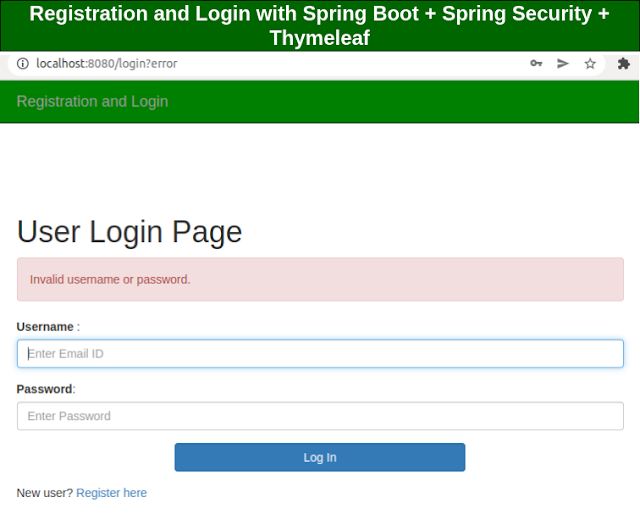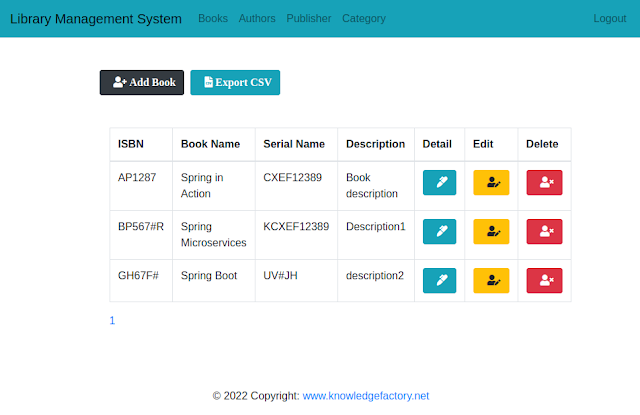Scheduled Bulk SMS with Azure Communication Services, Spring Boot, Spring Batch & Quartz
Here's a short explanation of each step:
- User starts the Spring Boot Application.
- SpringBoot schedules a batch job using Quartz Scheduler (runs every 5 minutes).
- Quartz triggers the batch job.
- Batch fetches customer data (phone numbers and messages) from the Database.
- Batch sends the SMS messages using the SMS Service.
- SMS Service interacts with Azure Communication Services (ACS) to send the SMS.
- ACS returns the delivery status to the SMS Service.
- SMS Service sends the status back to Batch.
- Batch notifies Quartz about job completion.
- Quartz informs SpringBoot that the job is complete.
This diagram visually represents the flow of actions in the system, detailing the interaction between different components and how the batch SMS process is executed and monitored.
Here's a step-by-step guide on how to schedule and send batch SMS using Azure Communication Services (ACS) with Spring Boot, Quartz Scheduler, and Spring Batch.
1. Prerequisites
Ensure you have:
- Azure Subscription
- Azure Communication Services (ACS) resource (to send SMS)
- Spring Boot Application
- Quartz Scheduler (for scheduling)
- Spring Batch (for batch processing)
- Maven/Gradle
2. Set Up Azure Communication Services (ACS)
Step 1: Create ACS Resource
- Sign in to the Azure Portal.
- Search for "Azure Communication Services" and create a new resource.
- Go to the Keys section and copy the Connection String.
- Purchase a phone number (needed to send SMS).
Step 2: Add Dependencies to pom.xml
3. Configure ACS SMS Sending Service
Step 1: Create SMS Sender Service
Step 2: Configure application.properties
4. Implement Spring Batch for Bulk SMS Processing
Step 1: Create Customer Entity
Step 2: Define CustomerRepository
Step 3: Create CustomerItemReader
Step 4: Define CustomerProcessor
Step 5: Implement SmsItemWriter
Step 6: Configure Batch Job
5. Schedule Batch Job Using Quartz
Step 1: Create Quartz Job
6. Run the Application
This will schedule batch SMS sending every 5 minutes.
Conclusion
This setup allows you to:
✅ Store phone numbers and messages in a database
✅ Use Spring Batch for bulk SMS processing
✅ Schedule jobs using Quartz
✅ Send SMS using Azure Communication Services









